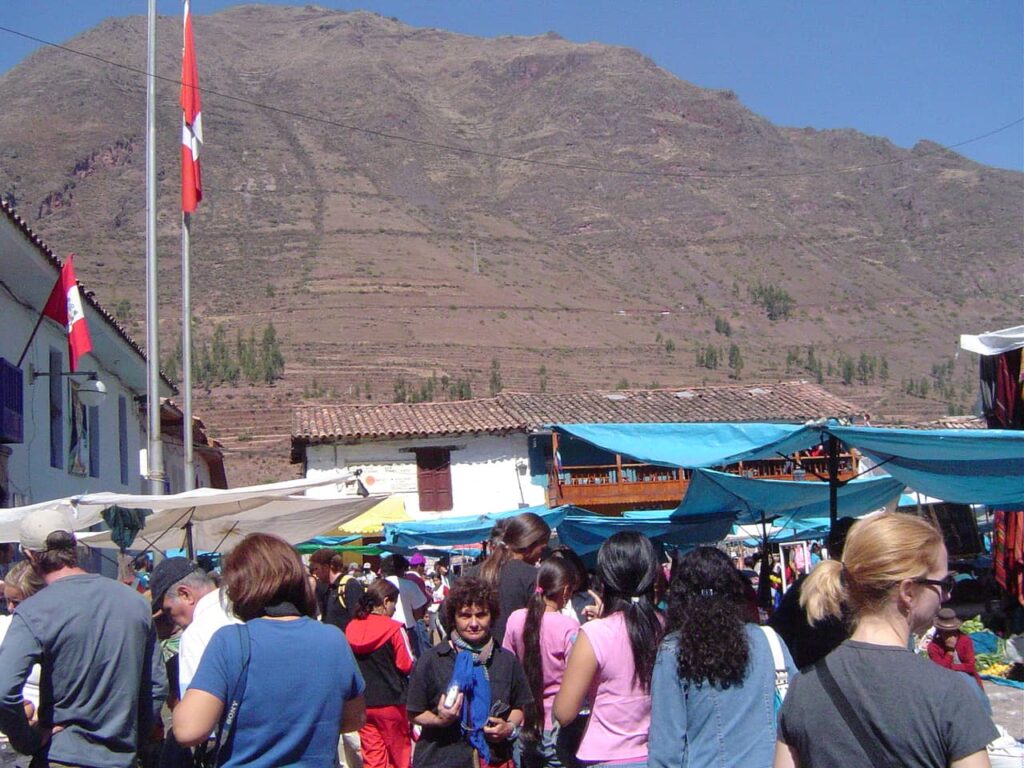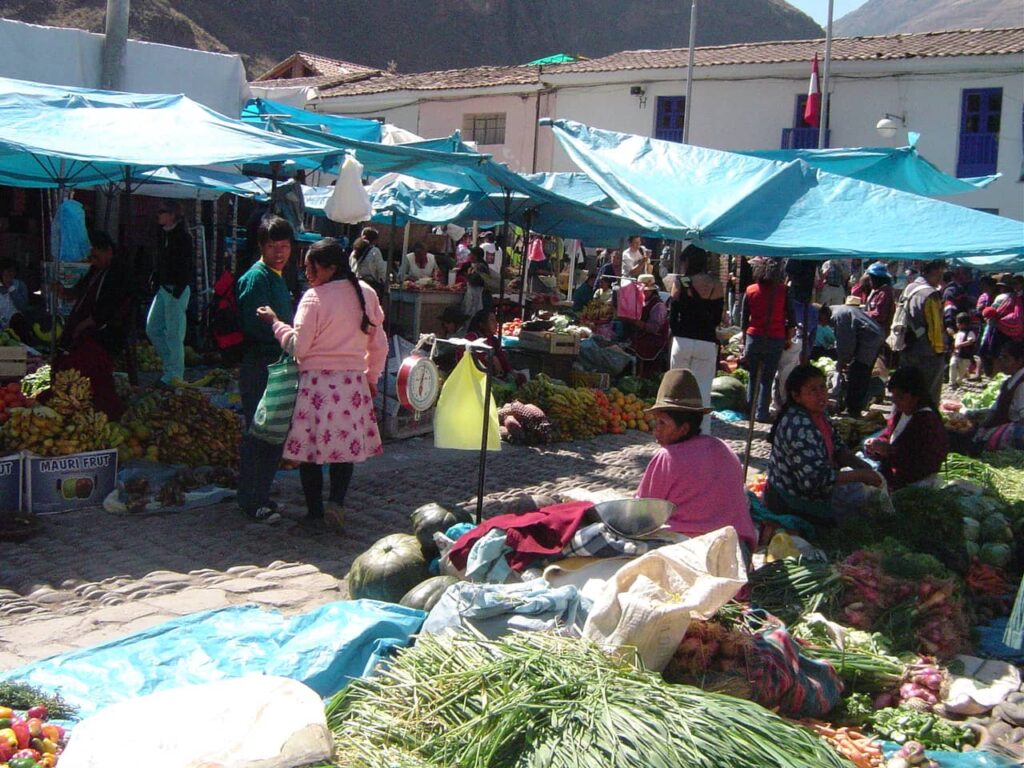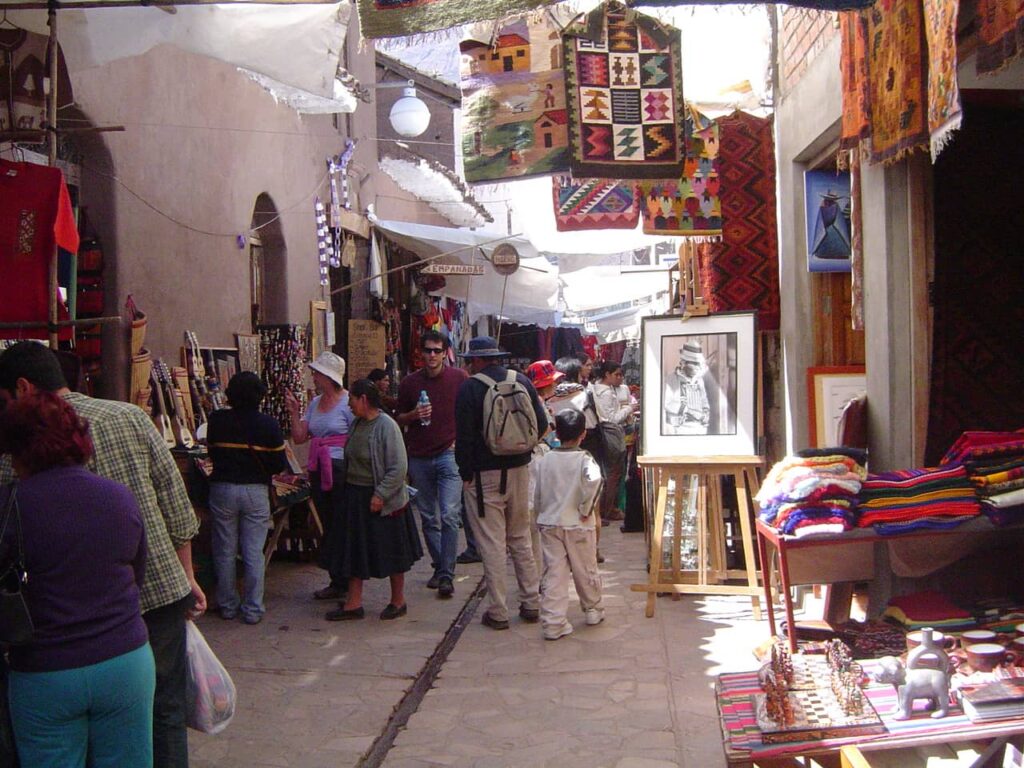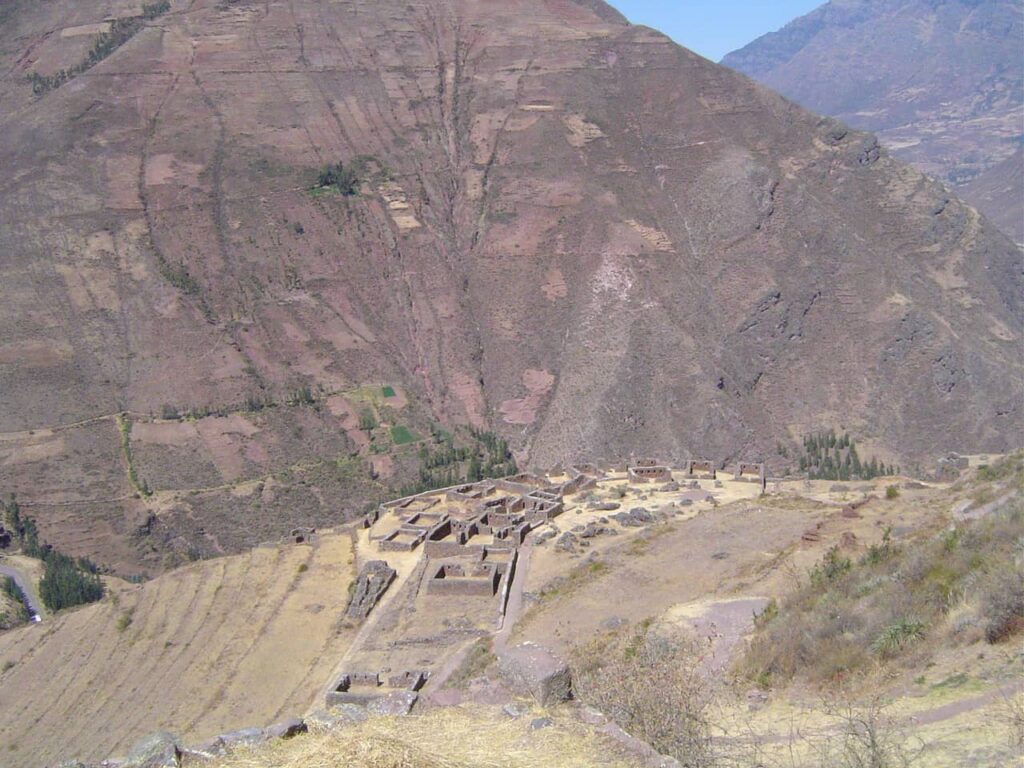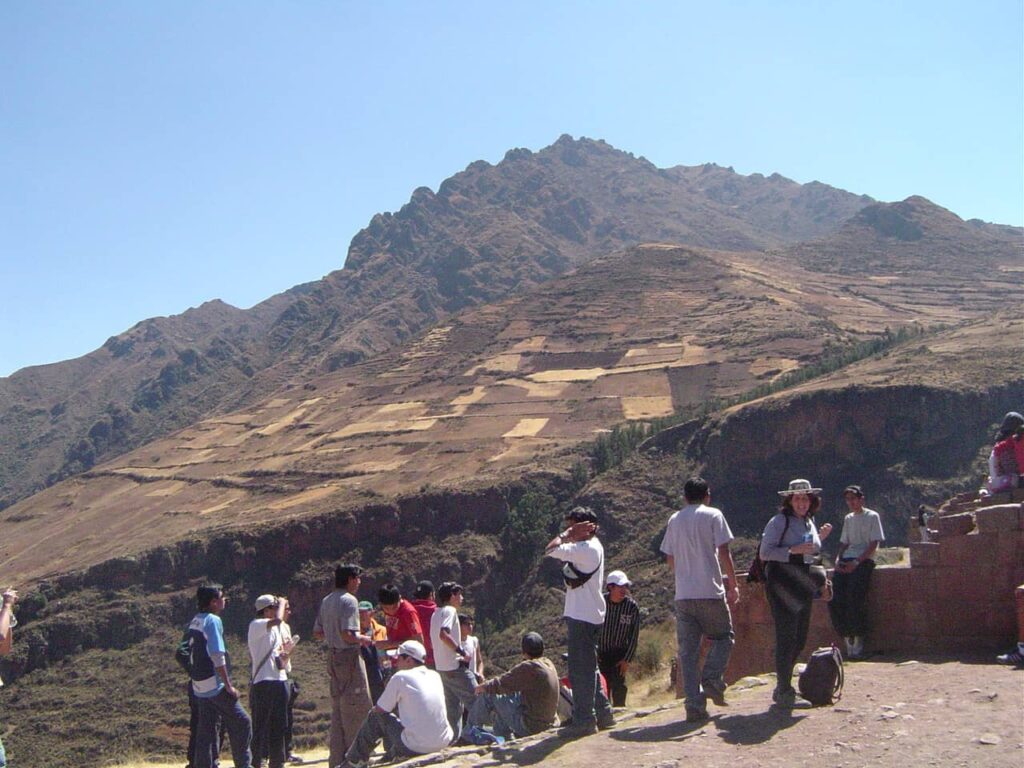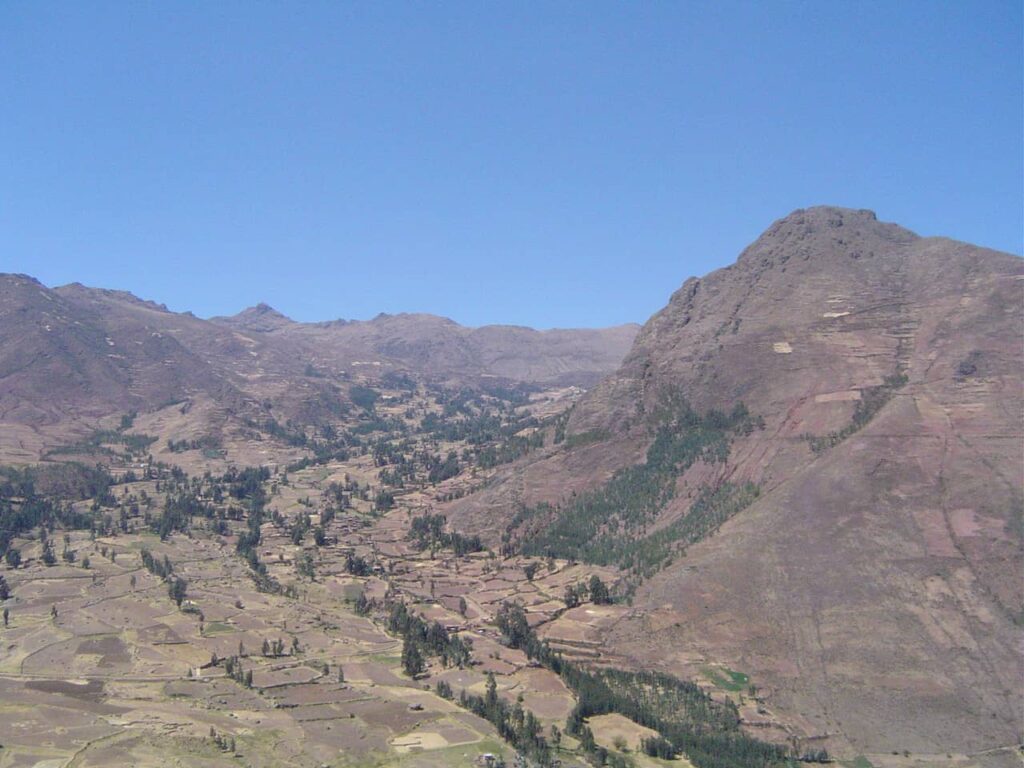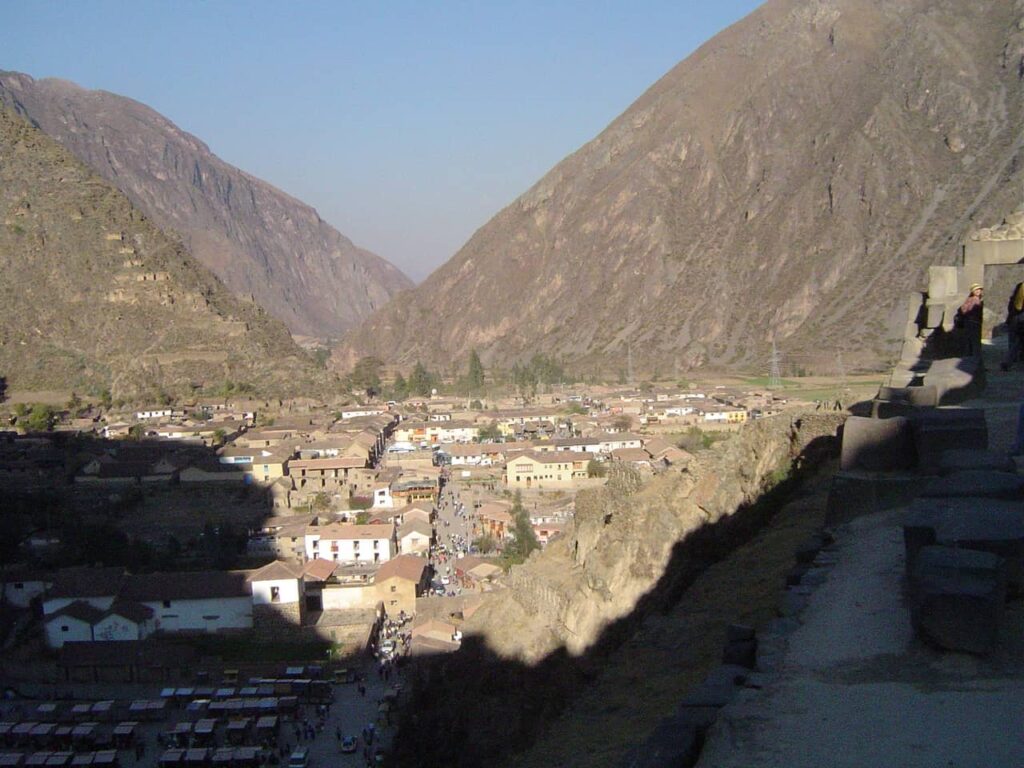Home » Destinations » Sacred Valley
Sacred Valley

We come from Cusco and Machu Picchu.
Why is this valley sacred?
For the Incas, the valley was a projection of the Milky Way, where the sacred constellations such as the llama and the condor were found and therefore were very fertile due to the gift of the gods.
Sunday is the best to visit the Pisac fair as is much busier.
The craft fair is one of the most important and the prices are better than Cusco.
It is also fair for the community, nowadays it is much more touristy, but at the time it was fair for the community and there were some tourists.
After visiting the fair, we went to visit the archaeological site.
We continue to Urubamba, where we have lunch. (2872 masl), we rest and follow the Vilcanota River to the Archaeological area of Ollantaytambo.
Pisac fair.
Pisac Ruins
Ollantaytambo.
Ollantaytambo is located 80km from Cusco and 40km from Machu Picchu, right on the most traditional route of the Sacred Valley of the Incas.
Ollantaytambo means ‘place of rest from which you can observe from above’.
It is believed that, many centuries ago, the city served as a ‘rest point’ for those who followed the sacred path from Cusco to Machu Picchu.
The main attraction is the Fort of Ollantaytambo, which is the most visited, although the most difficult with its steep climbs, but nothing that a rest in the middle can’t solve.
And when you arrive, you have an incredible view of the city and its surroundings.
It is a mystery how the Inca managed to transport and place the stones in this place.
Some weigh up to 120 tons.
Pinkuylluna is the mountains opposite and it has the warehouses that supplied the city in the Inca empire.
Also on the mountain, you can see a face that the Incas believed was the god Viracocha.
Return to Cusco.
On our last day in Cusco, we spent the day around the city and rest.
